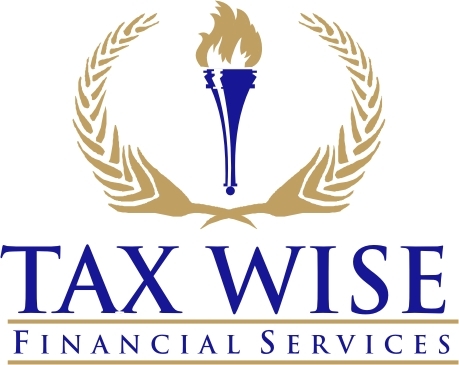
When starting a business, selecting the right structure is crucial, especially if you want to save on taxes. The best structure for tax savings depends on factors like your business size, type, and goals. In this article, we’ll look at various business structures and how they can help minimize your tax burden in 2025.
Why Choosing the Right Business Structure Matters for Tax Savings
The business structure you choose directly impacts your tax responsibilities. Some business types let you avoid higher taxes, while others can provide liability protection. To make sure you’re paying the least in taxes, it’s important to understand the best structure for tax savings in 2025.
There are several structures to choose from. Each offers different advantages depending on your business. Let’s look at the most common options.
- Sole Proprietorship
The simplest form of business is a sole proprietorship. As the owner, you’re fully responsible for your business debts. While this structure is easy to set up, it does not offer many tax-saving options. Your profits are taxed on your personal return, meaning you might pay higher self-employment taxes. For many, this may not be the best structure for tax savings. - Partnership
A partnership involves two or more owners. Profits are passed through to the owners’ personal tax returns. While it offers flexibility, it doesn’t always allow for the best tax savings structure. The partners share profits and losses, and tax rates depend on how those are divided.
Page 2: LLC: A Flexible Option for Tax Savings in 2025
The Limited Liability Company (LLC) is a popular choice for business owners looking for tax savings. It combines benefits from both partnerships and corporations, giving you flexibility while offering liability protection.
LLC Tax Benefits: How It Can Save You Money
An LLC provides “pass-through” taxation, meaning profits are passed to the owners instead of being taxed at the corporate level. This can help you avoid paying taxes twice. It’s considered one of the best structures for tax savings due to its flexibility.
In 2025, many LLC owners elect to be taxed as S-Corps. This election allows you to pay yourself a reasonable salary, while the rest of your profits are treated as distributions. These distributions aren’t subject to self-employment taxes, which can save a significant amount of money. When considering tax savings, an LLC can be one of the best structures for tax savings.
How LLC Owners Can Maximize Tax Savings with S-Corp Election
If you expect a high income, you may want to elect S-Corp taxation. This allows owners to avoid self-employment taxes on profits beyond a reasonable salary. This setup provides excellent tax-saving opportunities, making the LLC structure ideal for many business owners in 2025.
Page 3: C-Corp vs. S-Corp: Which Structure Offers the Best Tax Savings?
Another option for business owners is forming a corporation. There are two main types: C-Corp and S-Corp. Both provide different tax benefits, so it’s important to understand how each one can help reduce taxes.
C-Corp: Double Taxation and Its Impact on Tax Savings
A C-Corp is a separate legal entity, meaning it must file its own tax return. While the C-Corp tax rate may be lower than personal income tax rates, this structure suffers from double taxation. The company is taxed on its profits, and when dividends are paid to shareholders, they are taxed again. This makes C-Corps less appealing for those seeking the best structure for tax savings.
S-Corp: Pass-Through Taxation for Significant Savings
An S-Corp offers pass-through taxation, meaning the business profits are reported on the owners’ personal tax returns. Like an LLC, this helps avoid double taxation. However, there are strict rules, such as limiting the number of shareholders. Still, for many small businesses, an S-Corp is one of the best structures for tax savings.
Deciding Which Structure Is Best for Your Business in 2025
The best structure for tax savings will depend on various factors, including your income, business size, and long-term goals. Here’s what you should consider when choosing your business structure in 2025:
- Income level: If you’re just starting out and expect small profits, a sole proprietorship or partnership may be the way to go. If you plan to grow quickly, consider an LLC or corporation.
- Liability: If you want personal liability protection, an LLC or corporation is your best choice. A sole proprietorship offers no protection from business debts.
- Tax complexity: While some structures, like S-Corps and C-Corps, offer excellent tax savings, they also come with more complex tax filings. Make sure you’re ready for the additional paperwork and costs.
Conclusion
In 2025, the best structure for tax savings will depend on your business’s unique needs. Whether you choose a sole proprietorship, partnership, LLC, or corporation, it’s essential to consider your tax options. By understanding the differences between these structures, you can choose the one that helps you save the most on taxes and set your business up for long-term success.


